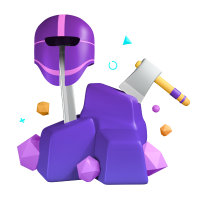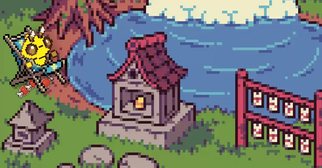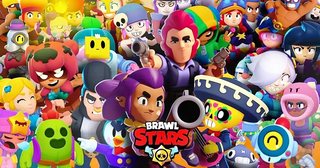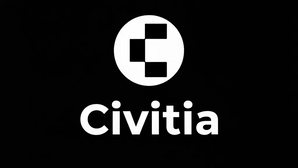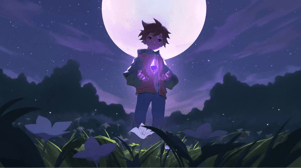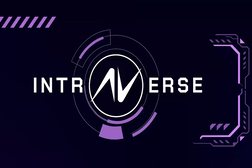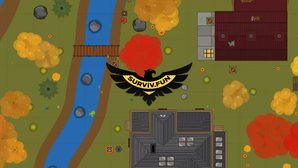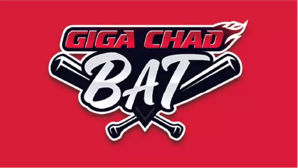NeuroGuardians
5
It is a turn-based strategy game that combines card mechanics, 3v3 tactical battles, and Web3 elements.
NeuroGuardians is a turn-based strategy game that combines card mechanics, 3v3 tactical battles, and Web3 integration. It is built on Somnia Network, a blockchain infrastructure designed for gaming, DeFi, and metaverse applications. The goal of the game is to allow both casual players and crypto users to participate in battles, level up characters, and earn rewards — without the mandatory requirement of owning NFTs.
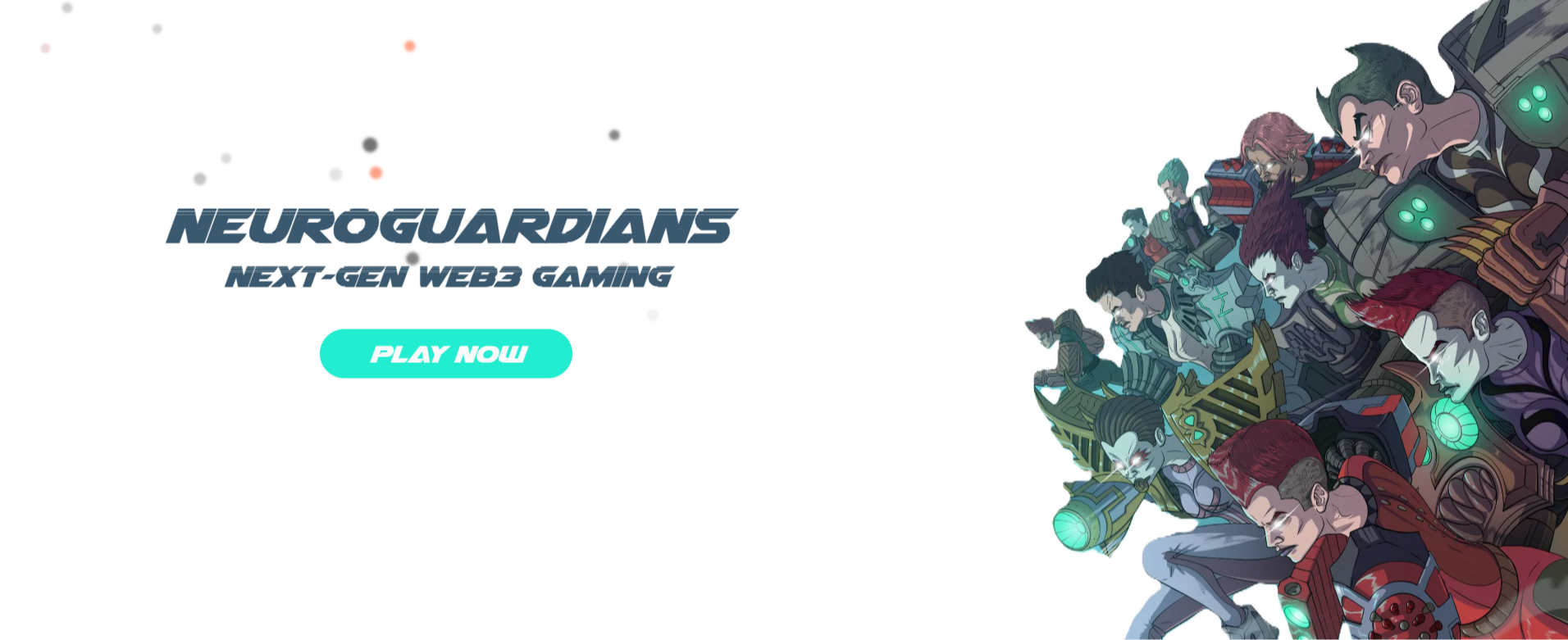
Gameplay Mechanics and Modes
3v3 Turn-Based Battles
The core gameplay of NeuroGuardians consists of turn-based encounters between two players, each commanding a squad of three characters (Guardians). Every character has a set of cards that define their available actions — such as attack, defense, or special abilities.
Tactical mastery depends on card selection, timing, and the synergy between Guardians.
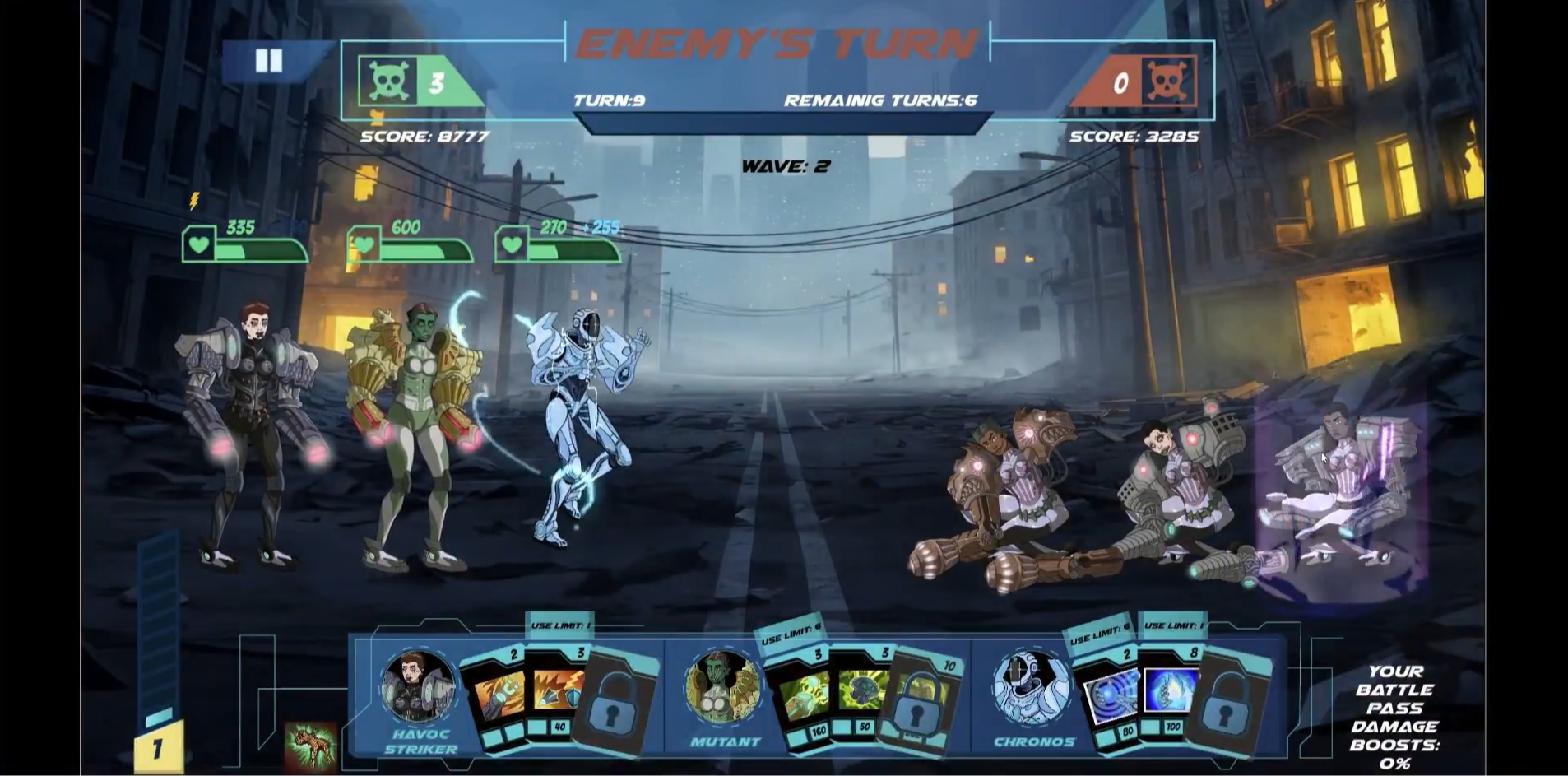
Available Game Modes
- Story Mode: Battles against AI-controlled enemies. As players progress, they unlock new characters and additional content.
- PvP (Player vs Player): Competitive matches between real users, allowing players to climb leaderboards and earn performance-based rewards.
- Dungeon Mode: A cooperative or survival wave-based mode where players must endure as many rounds as possible against waves of enemies.
According to NeuroGuardians’ official X account, the dungeon mode is already active, featuring the “survive as long as you can” mechanic, with multiple enemy waves and progressive difficulty.

Progression, Rewards, and Economy
Characters, Cards, and Guardian NFTs
NeuroGuardians introduces a collection of NFTs known as Guardians, representing playable characters with unique traits. Owning a Guardian NFT grants in-game advantages — such as score multipliers — but it is not mandatory to participate in the main modes.
Each Guardian features individual attributes, abilities, and cards that shape its combat style. By advancing through battles and modes (story, dungeon, PvP), players can unlock new cards and upgrades.
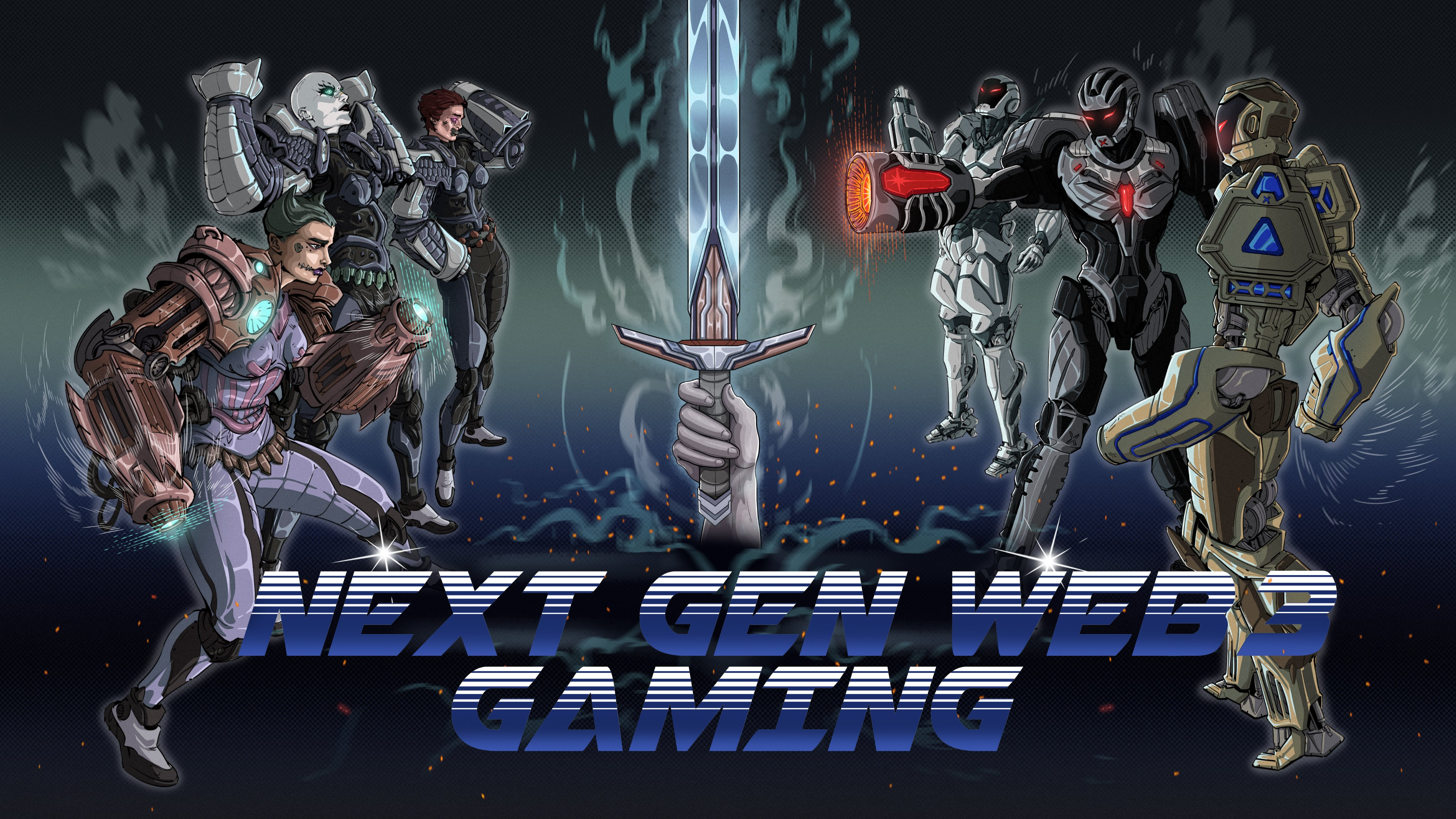
Rewards, Scores, and Leaderboards
Players earn rewards based on their performance in PvP and dungeon modes. Points (such as E-Points) are accumulated to climb leaderboards. A key differentiator is that NFT Guardian holders receive score multipliers.
During Season 1, for instance, Guardian holders earned a 4× multiplier when achieving more than 25 E-Points, while non-holders received a 2× multiplier.
As Season 2 began, the team announced the Season 1 prize distribution, which included approximately 2.4 ETH distributed among 888 NFT holders.
Economy on Somnia Network
NeuroGuardians is integrated into Somnia Network, a Layer 1 blockchain optimized for gaming and metaverse applications. According to Binance, Somnia was designed for high throughput — exceeding 10 billion transactions during its testnet — and supports low-latency gaming applications.
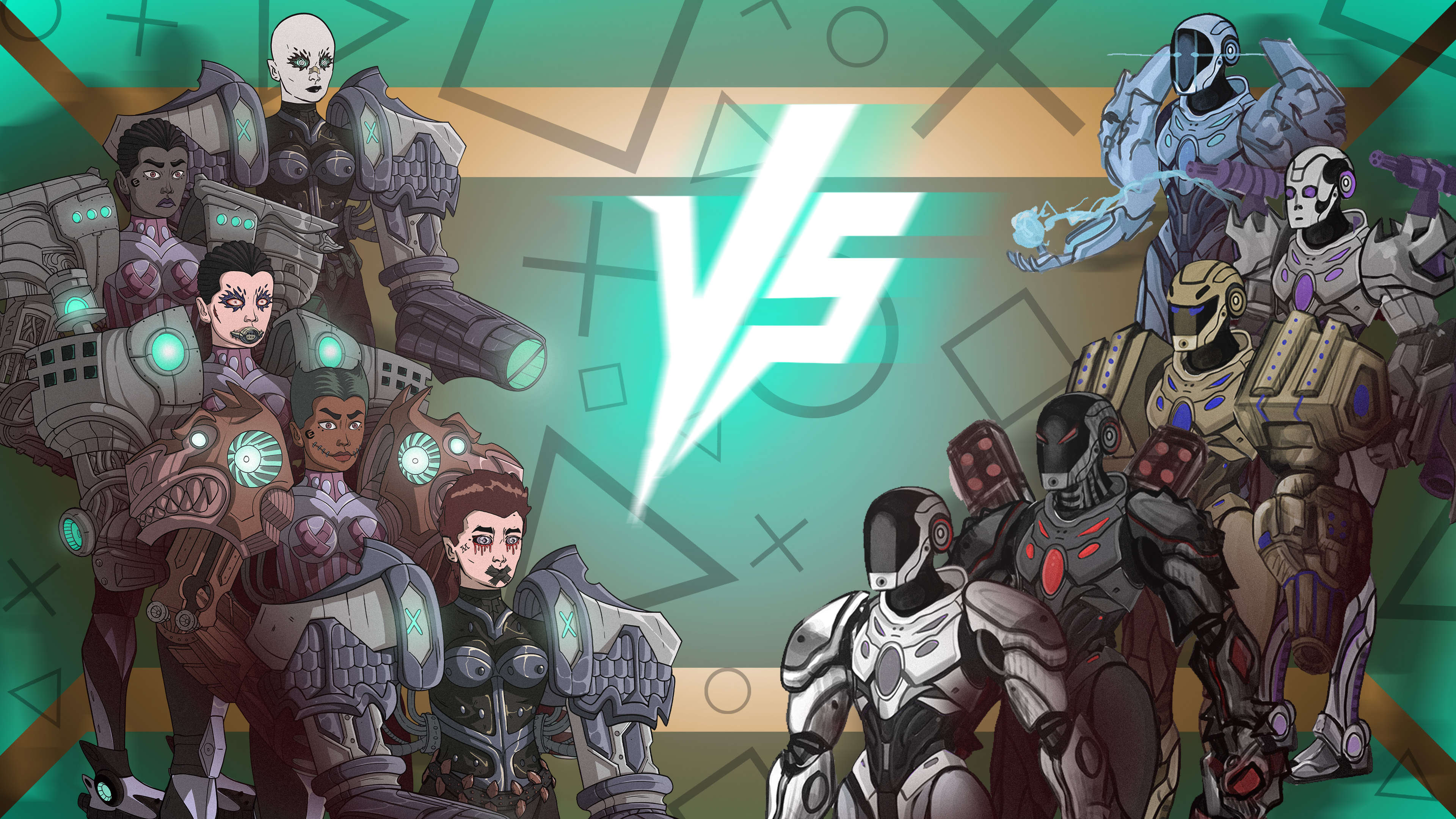
In NeuroGuardians, Somnia ensures battle latency stays under 0.5 seconds, enabling smooth gameplay. The network’s native token is SOMI, used across gaming, DeFi, and governance activities, though its exact in-game role has not yet been detailed.
Comparison and Key Observations
NeuroGuardians shares traits with other Web3 games that mix NFT ownership, PvP competition, and battle progression. However, its focus on 3v3 tactical combat and NFT-free accessibility sets it apart.
Key aspects to monitor:
- Transparency of the internal economic model (tokens, fees, rewards).
- Balance between players with and without NFTs.
- Frequency of content updates.
- Scalability as the user base expands.
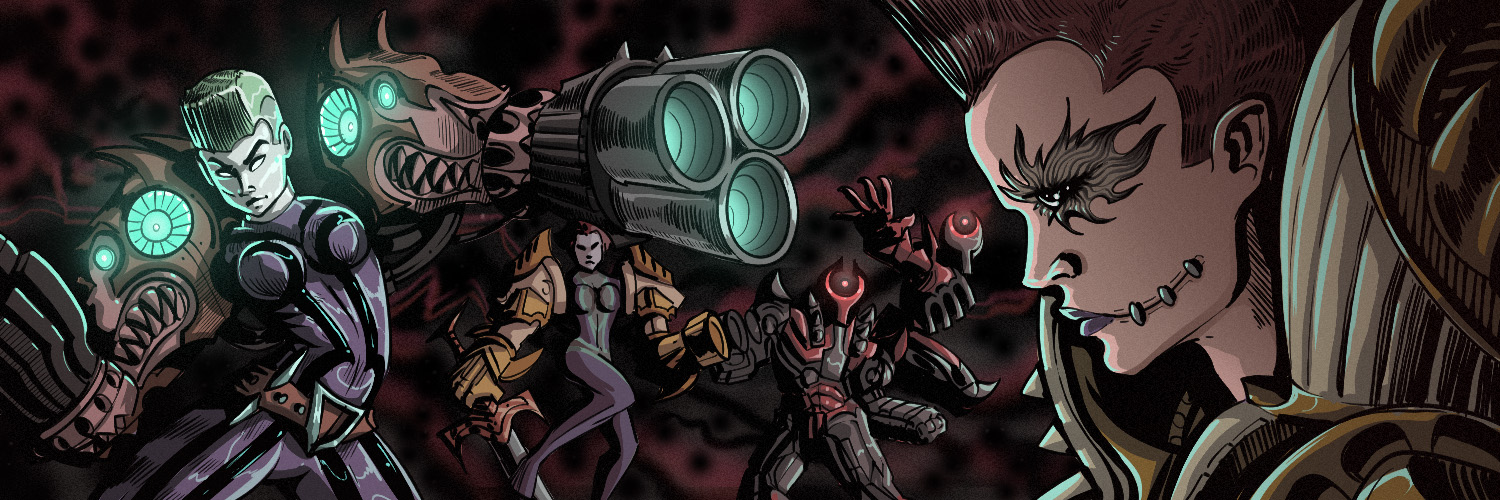
Its design accommodates both traditional and NFT-enabled players. Thanks to Somnia Network’s infrastructure, NeuroGuardians delivers a scalable and responsive experience, with competitive seasons and tangible rewards.
